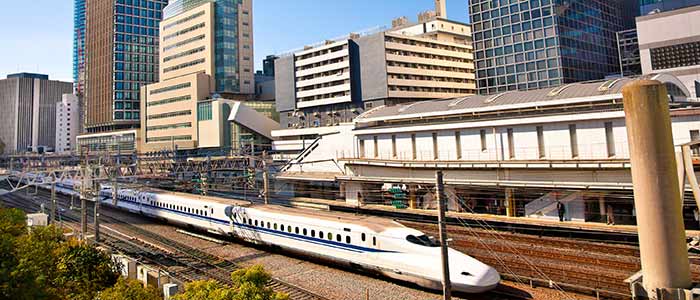Speaking at the World Road Congress yesterday in Seoul, Korea, Wencai Zhang said transport infrastructure plays a crucial role in socio-economic development, growth and poverty reduction. He urged Asian countries to devote greater resources to transport to keep pace with demand in their rapidly developing societies.
“Unfortunately, in the region as a whole, investment in transport and other infrastructure has not kept pace with the rapid growth in demand. Unless something changes, Asian countries will only mobilise around half the finance needed for improving transport infrastructure,” Whang said.
While there are significant differences across countries, currently most spend around 2-3% of growth domestic product on infrastructure, whereas investment of 6% is needed.
Citing ADB studies, Zhang said, by 2050, developing Asia “will need an addition 11 million kilometres of paved roads, 195,000 kilometres of railways, 800 airports and 1.8 billion parking spaces”.
From 2010 to 2020 the region’s developing economies could need to invest more than $8 trillion in infrastructure, with energy and transport being requiring the most investment.
Over $2.5trn of transport investment would be needed over the 10 year period, he said, with more than 90% of this needed for highways, and some $200bn also needed for regional transport infrastructure.
He said that nationally, infrastructure such as roads are at full capacity and are deteriorating prematurely. He called for more financing and better policy to increase road density and ensure roads are properly maintained.
Some of the region’s railway systems are also declining in market share, he said, and warned reform is needed to ensure they can compete effectively in the transport market and attract investment.
He called for cross-border highways and railways to be further developed to support trade and regional economic integration, and attractive, convenient and affordable mass-transit systems that cover the whole of cities.
There is “considerable scope” for governments to introduce the necessary policy changes to finance this investment, such as cost recovery through vehicle license fees and fuel taxes. He also suggested long-term financing mechanisms, for example through capital markets.
The “problem of scaling up transport investment is not due to lack of finance”, he said, as infrastructure investments with well-structured proposals would be attractive to investors.
“The problem is a lack of financing products on the market and a shortage of well-prepared, bankable infrastructure products that could be packaged for financing,” he said.
He announced that the ADB plans to increase its financing for infrastructure projects and said there is plenty of room for private sector participation too.
“Since infrastructure is so essential for economic prosperity, governments need to give it priority in their budgets until they have put a solid foundation of infrastructure in place.”













